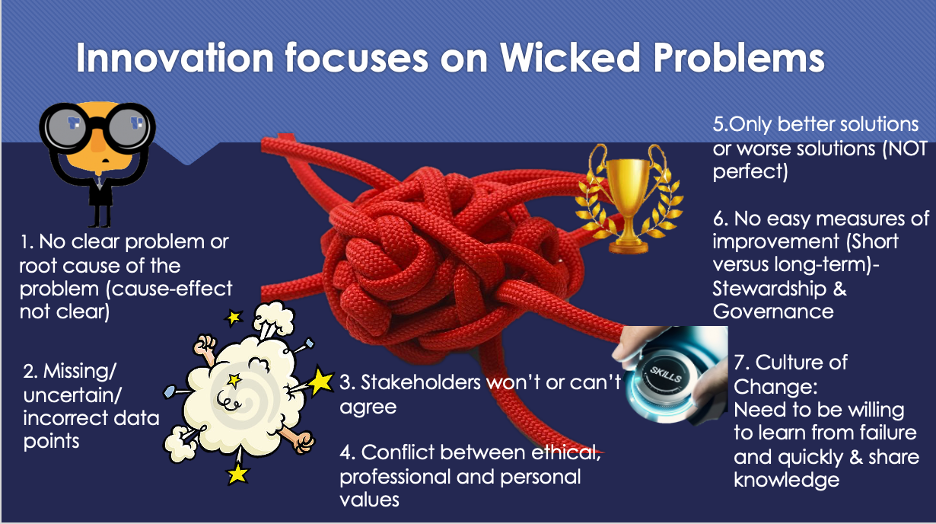Policy Coordination: A missing skill for the public sector
- Melodena Stephens
- Jan 20, 2022
- 2 min read

The public sector manages governance across a range of stakeholders. Not just internally, but the other stakeholders in the country (citizens, residents, businesses) and outside the country. They must do this by managing their many departments and institutions across the country. It is not easy as it requires public servants who are willing to listen, with an ear to the ground, but who can play the high-stakes game that politics is about (interesting article here). These are different skills developed with time across a career. At Mohammed Bin Rashid School of Government, we have identified three types of agile skills that will help with policy coordination: Policy entrepreneurship, boundary-spanning skills, and transformational skills.
OECD highlights this policy coordination as “Ensuring whole-of-government coordination to identify and mitigate divergences between sectoral priorities and policies, including external and domestic policies, and promote mutually supporting actions across sectors and institutions. But in reality, it should not be the setting up of another department for coordination. Moreover, it should not be a top-down approach. Instead, it should be something every public sector employee develops.
We need to break silos, share data, be transparent about what we have and do not have, and integrate the rollout of policies to minimize conflict and increase synergy! We need to start assessing employees on their willingness to listen, relearn, step out of their comfort zone, meet customers and people or entities their policies impact. When they write a policy without personally experiencing or hearing of the potential implications, without hearing from multiple perspectives, they run the risk of creating a policy that, in hindsight, is burdensome, where everyone struggles to make it work and creates constraints on already stretched public sector.
In the Master of Innovation Management program, we take our professionals through the customer journey map. They understand the importance of listening to the recipient of the policy; they understand spillovers; more importantly, they can identify various stakeholders that their policy needs to align before rolling out. We combine strategy and tactical skills with policy development. More about the program here: MIM {hurry and enroll now – new semester starts soon!!]
For example, the EU’s GDPR was a landmark regulation for data privacy. It replaced an older 1995 directive. It began in 2012 and was adopted in 2014 and enforced in 2016 (it took four years of preparation). It has 99 articles, and though it gave businesses two years to comply. A survey by PwC in 2016 found that 68 percent of U.S.-based companies would have to spend $1-$10 million to meet the GDPR requirements! So small businesses struggled, and large ones with money needed to revamp services (lawyers benefitted). The staff working with enforcement were overwhelmed! And customers had mixed feelings (see here). One missing issue was an education on data privacy for consumers, and small businesses (who sometimes dumped data (no protocols were there) rather than comply as the cost of complying was too high! However, in terms of political impact, GDPR was huge as now 17 countries have followed with their version! I hope this example highlights how necessary policy coordination is!




Comments